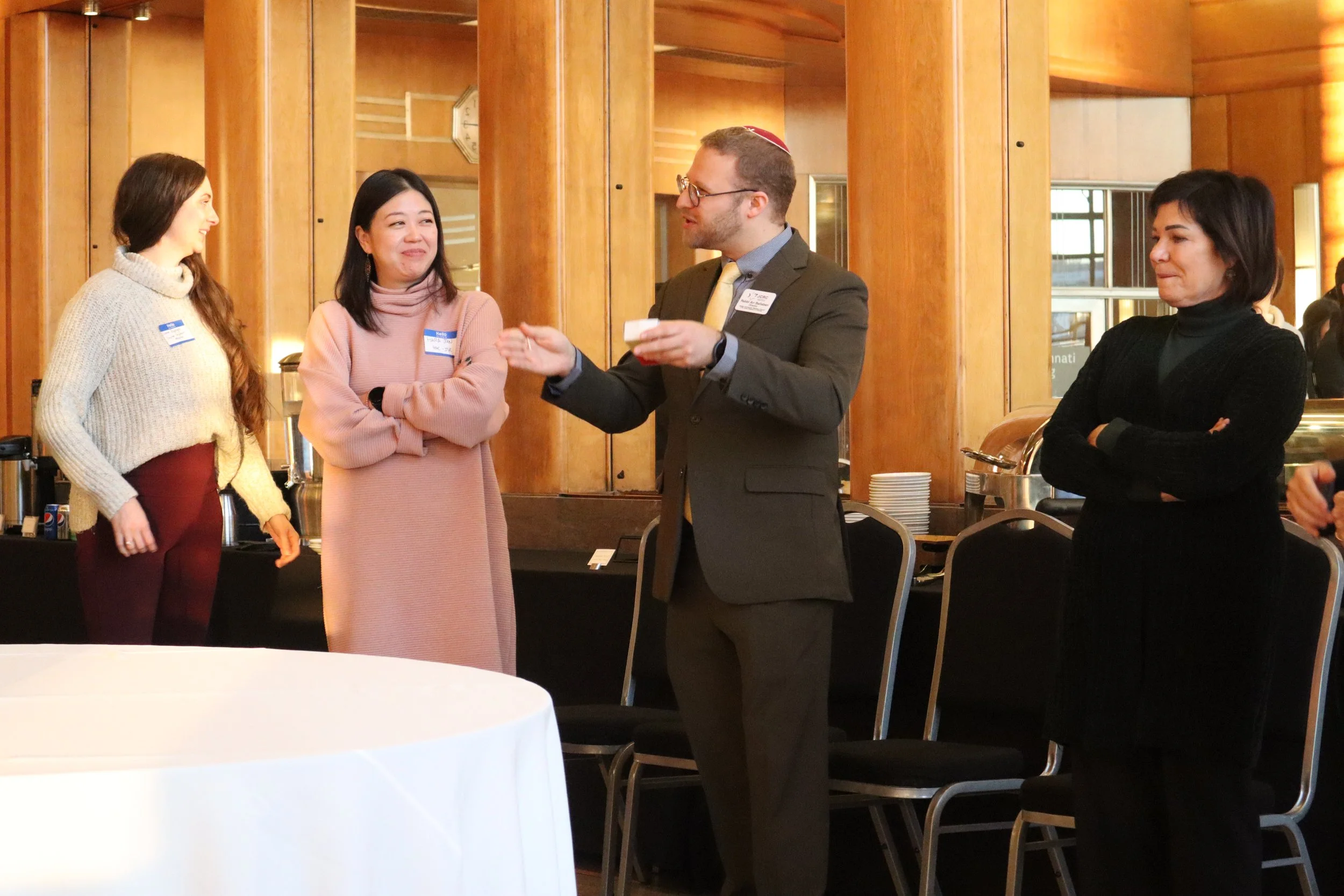AJC's Report on Antisemitism: The Good, the Bad, the Ugly
We knew it was bad, and we knew it was getting worse–and still, the AJC’s State of Antisemitism in America 2022 survey was generally unsettling. Yes, there were a few reassuring notes: Over the past 12 months, “only” 3% of American Jews personally have been the target of a physical antisemitic attack. During the same time frame, “only” 13% of American Jews were personally the target of an online antisemitic attack. “Only” 16% of American Jews say a Jewish institution with which they affiliate has been subject to antisemitic graffiti in the past five years.
Yes, that’s the good news. Here are some top-line elements of the bad:
1 in 6 American Jews in the last year have felt the need to avoid certain events, places, or situations out of concern for their safety or comfort.
1 in 5 have personally been the target of an antisemitic remark in person in the past 12 months. That’s 1 in 4 when expanded to include personal, online attacks.
It’s worse for young Jews: 5 in 6 American Jews ages 18-29 were the target of antisemitism online or have seen it online at least once in the past 12 months.
The pieces of the report that I found most confounding were certain juxtapositions in perceptions of antisemitism between Jews and non-Jews. Jews were significantly more likely than non-Jews to say that antisemitism increased over the last five years (82% of Jews versus 47% of non-Jews). Many fewer non-Jews than Jews recognize the statement “Jews control the media'' as antisemitic (66% of non-Jews versus 90% of Jews).
Nevertheless, some aspects of the report showed greater alignment between Jewish and non-Jewish responses: Jews were about as likely as non-Jews to report that the BDS movement was antisemitic or possessed some antisemitic supporters (86% vs. 88%). Likewise, there was almost no daylight between the Jewish and non-Jewish responses to the question: “Do you view the statement, ‘Israel has no right to exist,’ as antisemitic or not?’,” 87% vs. 90%. (And yes, you understood those last two stats correctly. Non-Jews were two and three percent more likely to associate BDS or that statement with antisemitism, respectively.)
So where does this leave us? Regardless of the exact accuracy of any of these numbers, and I have no reason to doubt them, there are clear trends. Antisemitism is going up. Jews recognize the rise in antisemitism, non-Jews less so. In some striking areas, non-Jewish recognition of “subtle” antisemitism is just as good as Jews’. I think the overarching lesson is as follows. Non-Jews can be excellent allies in the fight against antisemitism–the proof is in the survey, where we see that they already are in many important ways. In other areas, though, there is room to grow. So, that is where we will work–to help convey the extent of our challenges to prospective allies, in the hopes that we will eventually see these antisemitism stats start to recede once more.

